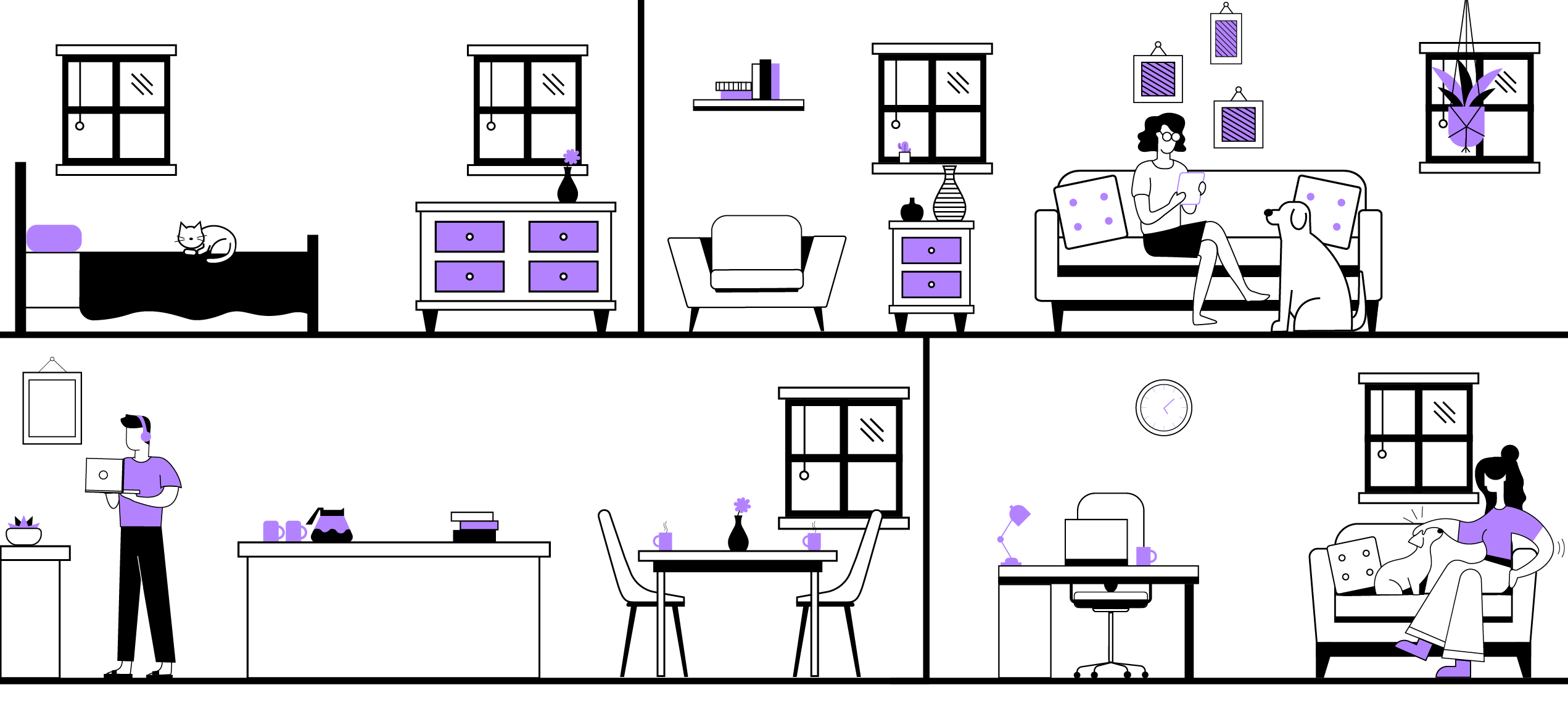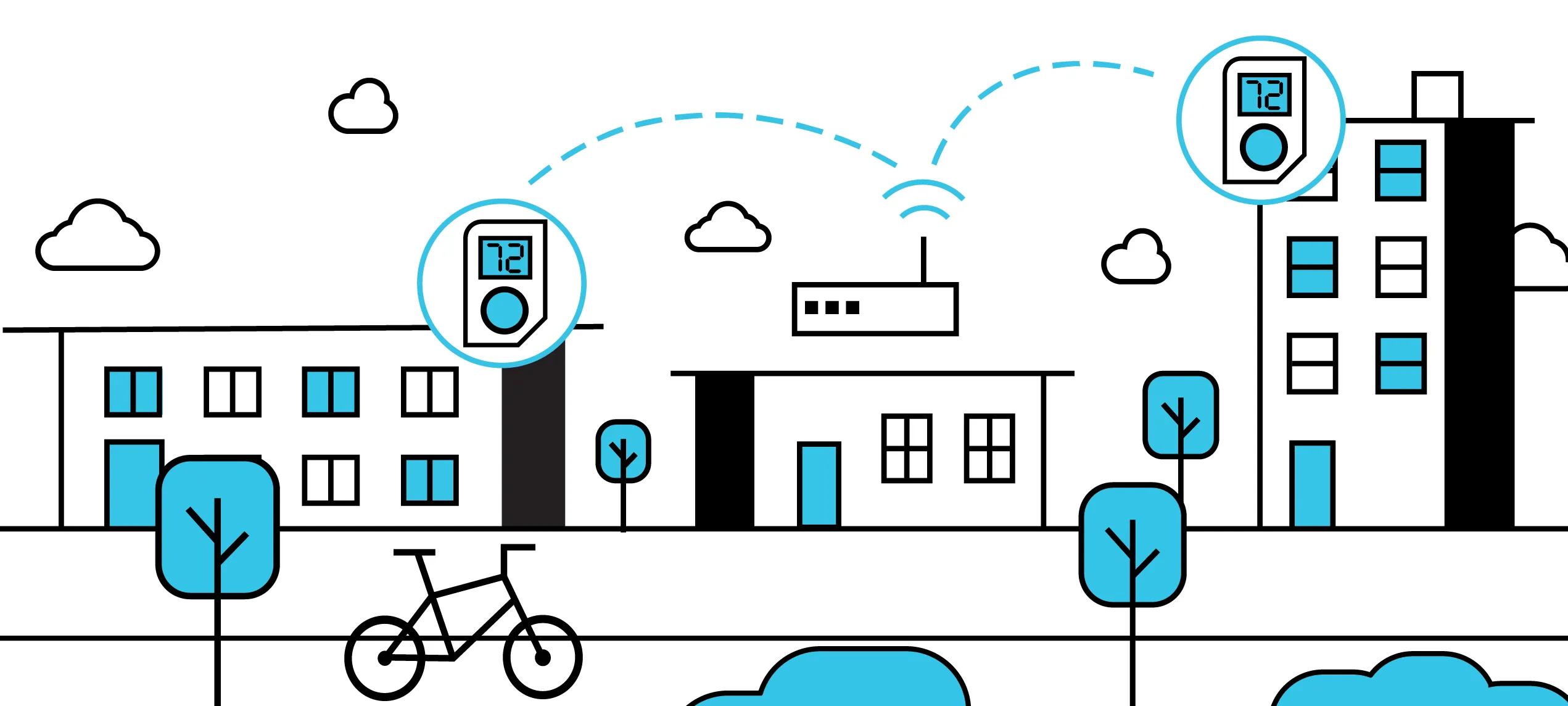How does RUBS Utility Work in Multifamily Real Estate?
Like basically all industry terminology, acronyms are abundant and unrecognizable to the outside world. And when it comes to multifamily utility, energy and utility consumption, this certainly holds true.
Today we are going to explain a simple to understand but complex solution called RUBS or Ratio Utility Billing System.
You think to yourself, “I have worked on numerous properties and noticed that resident utility costs seem to be calculated in different ways. But, I don’t quite understand the difference or why that matters.” You are certainly not alone, so let’s try to simplify this idea and jump right in.
What is RUBS Utility?
For starters, picture the energy or utility consumption on your property. An average property might have 250 units with 1.75 residents per unit living in 9 different unit types of varying square footage. The utility usage in each one of those units varies due to a combination of factors; number of occupants, their usage habits, the size of the units, number of bathrooms, and the list goes on. How you charge residents for utility consumption is typically calculated in one of two different ways, RUBS or individual sub-metering. Let’s take a look at RUBS.
Imagine this, your property receives one consolidated bill each from the local electricity, gas, water, sewer and trash providers. So you need to fairly divide those costs amongst all of the residents on your property. RUBS is an acceptable, cost-effective and fair way to calculate and bill residents based on known data that would indicate their “fair share” of the overall bill. This data can vary by utility type (energy, water, etc…) but yet each factors into the equation.

RUBS in Real Estate
In real estate, specifically multifamily, RUBS is an excellent way to fairly attribute costs to individual residents. Typical factors used in RUBS calculators include the number of occupants and square footage of the unit. It is not hard to deduce that more occupants will use more water, and a more spacious unit will require more gas and electricity for heating and cooling. Additionally, more complex factors can be considered in a RUBS formula like the inclusion of washer/dryer hookups, number of bathrooms, fireplaces or even the volume of high ceilings.
Here are a few things to keep in mind when implementing or managing RUBS.
- Depending on the state or municipality, RUBS may have certain restrictions or may not be permitted at all.
- You will likely need residents to sign lease agreements and/or addendums agreeing to your RUBS terms. Consult your local NAA affiliate or attorney for specifics.
- You will need to accurately maintain your property management billing system with the data necessary to calculate your RUBS utilities; occupants, square footage, etc…
- It is generally recommended that you conduct a property analysis and consult professionals to manage your consolidated RUBS billing on an ongoing basis.
Benefits of RUBS Utility
There are a number of benefits to a RUBS program. First of all, it may simply be too expensive for a property owner to install all of the equipment necessary for direct individually metered utilities, or sub-metering. This is especially true on an older or existing property that does not include those individual metering components. By using RUBS to charge residents, an owner does not have to invest in the capital necessary for individual metering.
Simply put, RUBS significantly decreases an owner's expense and thus increases NOI. Owners have the ability to charge virtually all utility costs back to residents through a RUBS apartment fee, which further reduces operating expenses. And, it can be implemented much more quickly than the alternative.
Hopefully, you have achieved the basic understanding of RUBS, or ratio utility billing systems. Perhaps later we will work through the specifics and values of sub-metering.


